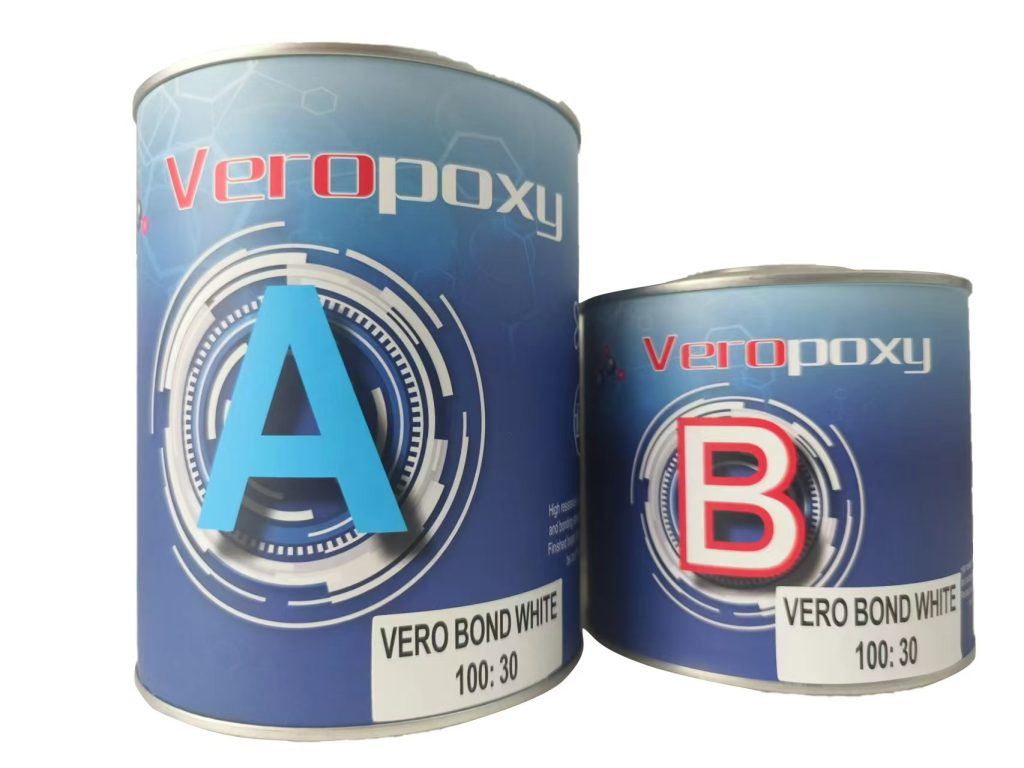In modern architecture, the demand for aesthetic precision and material durability has never been higher. From luxury residential villas to commercial showpieces, Epoxy Resin in High-End Stone applications is revolutionizing the way architects design, bond, and preserve stone materials.
Whether for structural bonding or visual enhancement, epoxy resin provides the strength, clarity, and versatility required in sophisticated stonework. This article explores how architects are leveraging epoxy resin across various high-end stone projects to create timeless, resilient, and visually stunning surfaces.

Epoxy Resin in High-End Stone
A Key Material in Modern Stone Architecture
Epoxy Resin in High-End Stone architecture is not just a trend—it’s an essential innovation. This two-part adhesive is known for its exceptional bonding power, chemical resistance, and crystal-clear finish. Architects choose epoxy resin for its ability to bond dissimilar materials, enhance stone texture, and resist weathering, making it ideal for both indoor and outdoor stone installations.
Whether it’s marble flooring in hotel lobbies or granite countertops in luxury kitchens, epoxy plays a central role in elevating the function and elegance of each surface.
Applications of in High-End Stone Projects
1. Stone Bonding in Structural Elements
High-end architectural features like floating staircases, cantilevered slabs, and stone walls require secure bonding without visible fasteners. Epoxy resin offers a seamless and structurally reliable bonding solution, enabling the use of massive stone elements in daring designs.
2. Transparent Coatings for Stone Surfaces
Architects increasingly use epoxy as a clear finish to enhance the natural veining of marble or add depth to semi-precious stones. This finish is popular in upscale lobbies and galleries where visual impact is key.
3. Repairing and Retrofitting Antique Stone
When restoring historic stone architecture, is the material of choice for filling cracks and bonding fragmented pieces without altering the appearance. Its low-yellowing and UV-resistant properties make it ideal for preserving both strength and aesthetics.
4. Creating Custom Stone Furniture
Modern architecture often blurs the line between structure and furniture. is widely used in custom fabrication of stone tables, reception desks, and wall claddings that combine beauty with structural integrity.
5. Epoxy Inlays for Decorative Effects
Architects incorporate colored or metallic epoxy inlays into carved stone to highlight patterns, logos, or architectural details. This technique adds luxury to entrances, spa interiors, and commercial facades.

Epoxy Resin for flooring
Why Architects Prefer Epoxy Resin for High-End Stone
Unmatched Adhesion Strength
When it comes to large slabs of stone—whether granite, travertine, or quartz—epoxy resin provides a strong, lasting bond that withstands weight, temperature shifts, and moisture.
Aesthetic Versatility
Epoxy allows for clear or colored finishes, giving architects complete creative freedom. It doesn’t detract from the natural look of stone and can even enhance its depth and texture.
Excellent Chemical and Weather Resistance
In high-end outdoor applications like pool surrounds or terraces, epoxy resin resists salt, UV rays, and heavy foot traffic—an essential feature for maintaining luxurious stone appearances over time.
Customization for Each Project
Architects value materials that adapt to their creative vision. can be formulated for fast curing, specific viscosity levels, or even anti-slip finishes, making them highly project-specific.
High-End Stone Types That Work Best with Epoxy Resin
| Stone Type | Perfect Match |
|---|---|
| Marble | Enhances natural veining, bonds well, aesthetic clarity |
| Granite | High-density bonding and durability |
| Travertine | Perfect for filling natural holes with colored epoxy |
| Quartzite | High-end look with chemical resistance |
| Onyx | Allows for translucent lighting effects |
Design Case Studies
1. Luxury Villa in Singapore
A villa used epoxy resin with backlit onyx panels, allowing soft ambient light to pass through stone walls in the bathroom. The result was a spa-like atmosphere with modern architectural expression.
2. Corporate HQ Lobby in New York
Architects designed a grand staircase clad in black granite. Epoxy bonding allowed for invisible joins and long spans, creating an open, floating effect.

Epoxy Resin for luxury staircases
3. Boutique Hotel in Milan
Custom furniture made of marble and clear epoxy resin delivered a hybrid of artistic elegance and durability. Tables embedded with gold leaf epoxy finishes became design centerpieces.
Challenges and Solutions
| Challenge | Solution |
|---|---|
| Bonding uneven stone surfaces | Use of gap-filling, high-viscosity epoxy |
| Yellowing over time | Selection of UV-resistant epoxy formulas |
| Load-bearing requirements | Use of structural-grade epoxy adhesives |
| Compatibility with sealants | Choose non-reactive epoxy combinations |
Future Trends: Where Stone Meets Technology
-
Epoxy & Smart Lighting – Architects are embedding LED lighting into translucent stone + epoxy surfaces.
-
3D Printed Stone-Epoxy Panels – is used in the layering process to simulate stone aesthetics with flexibility.
-
Sustainable Epoxy Solutions – With growing eco-awareness, bio-based epoxy resins are being developed for use in green architecture.

Epoxy resin
Architects are redefining how stone is used in luxury architecture, and epoxy resin is central to this transformation. From bonding and sealing to aesthetic enhancement and creative inlays, Epoxy Resin in High-End Stone applications deliver unmatched performance and versatility.
As material science and design converge, epoxy resin will continue to support architects in pushing the boundaries of what is structurally possible and visually breathtaking. Whether for a seamless granite wall, a luminous onyx centerpiece, or a complex sculptural feature—epoxy resin makes bold stone designs a durable and beautiful reality.
Post time: 7 月-25-2025

